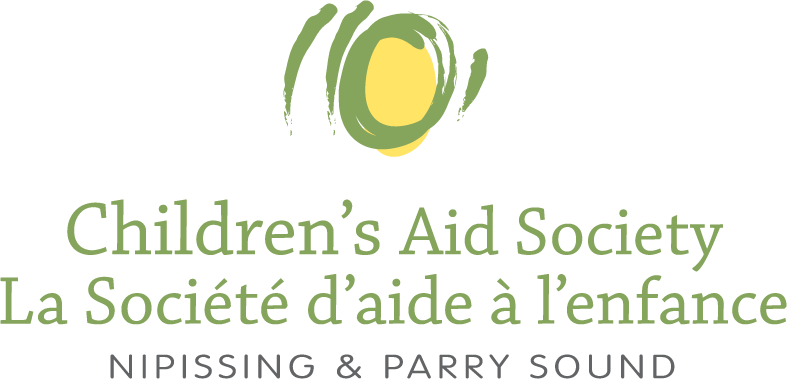Care Arrangements
Care Arranagements
Alternative Care Home Requirements
There are a number of provincial regulations and standards for foster homes. During the application process, a Resource Worker will assess your home in the following areas:
- Common living areas of the home, including spaces for informal living, dining, food preparation and storage, bathrooms, bedroom for the child, grounds surrounding the home and a place or recreational space used by the children
- Pets or other animals
- Hazards/safety features
- Access to a (land-line) telephone
- Weapons in the home are inoperable, locked and inaccessible to children
- Smoke detectors and fire extinguisher and a procedure for evacuating the home in case of fire
- Common living areas of the home, including spaces for informal living, dining, food preparation and storage, bathrooms, bedroom for the child, grounds surrounding the home and a place or recreational space used by the children
- Pets or other animals
- Hazards/safety features
- Access to a (land-line) telephone
- Weapons in the home are inoperable, locked and inaccessible to children
- Smoke detectors and fire extinguisher and a procedure for evacuating the home in case of fire

Child’s Bedroom:
The bedroom for a foster child must meet the following criteria:
- Have a door and a window
- Not be in an unfinished attic, basement, stairway hall, or in a building detached from the home
- Have a clean bed, mattress and appropriate bedding
